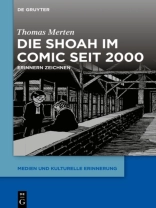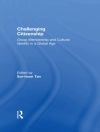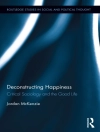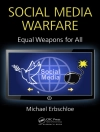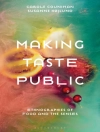How will future generations commemorate the Holocaust when the last eyewitnesses have died? Comic books published in the past few years suggest that: while the children are still trying to understand – and emancipate themselves from – their parents’ past, the generation of the grandchildren is keenly aware of the fact that everything they know about the Holocaust is passed on to them or is conveyed through the media.
Comic book authors from the grandchildren’s generation frame the events of the Holocaust either by positioning themselves as historical narrators, or by setting their plots in the present, where the Holocaust is only manifest through traces and consequences. By doing so, they bring the past to bear on the present, implicitly criticizing representations that keep the Holocaust at a distance. Recent comics, in other words, no longer narrate the Holocaust as a supposedly distant past, but rather explore its effects and parallels in the present. This allows them to perpetuate the memory of the Holocaust for generations who no longer have a personal connection to it, and in this way, to do important work against oblivion.
By comparing comic books by authors from both the children’s and the grandchildren’s generation, such as Michel Kichka, Bernice Eisenstein, Rutu Modan, Barbara Yelin and Reinhard Kleist, this book shows that panels, images, and speech bubbles can help those too young to experience or commemorate the Holocaust come to terms with what had happened.
